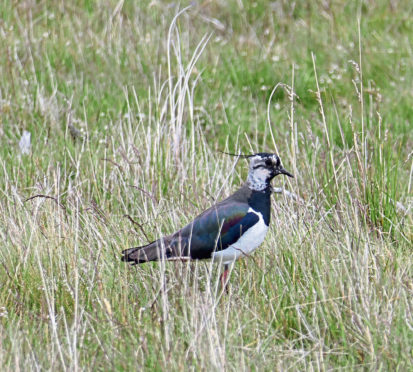Professor Davy McCracken of SRUC offers an insight into work at the rural college’s hill and mountain research centre
The Working For Waders initiative is actively encouraging Scottish farmers and crofters to do more for declining wading birds, like lapwing and curlew, on their farms and crofts.
Over the past few months I have been involved in communications with farmers who have suggested there is little point in managing wader habitats if protected predators like ravens and badgers cannot be controlled.
I recognise their frustration. But I also suggest it is worthwhile recalling how the Working For Waders initiative came about.
The adverse impact that predators, including protected species, can have on ground-nesting birds like lapwing and curlew has been recognised by many for a long time.
However, the scale of the impact has not always been accepted by some working in nature conservation.
They usually argued that habitat management on its own could prevent any significant impact from predators.
A review into Understanding Predation, commissioned by the Scottish Government and Scottish Natural Heritage, was conducted by independent researchers in 2015 in order to address these conflicting viewpoints.
I assisted in the development of the focus for the review and was a member of the group overseeing the work.
The review highlighted that the scientific evidence shows wader declines have been driven by a combination of habitat loss and predator pressure.
Hence in most instances, actions to address wader declines will need to involve a combination of habitat and predator management, where it is legal to do so.
The Working For Waders initiative arose out of the Understanding Predation work, and primarily seeks to encourage such active management at the landscape scale needed to benefit waders.
But it is also well understood, by the other partners and myself, that there are, and will continue to be, conflicting views on how any adverse impacts on waders by protected species should be addressed.
So Working For Waders also has a role in helping facilitate further discussions where such conflicts arise.
Nevertheless, we also recognise there are legal constraints to what actions, if any, can be taken against any protected species, irrespective of them actively predating on waders.
To move forward, there needs to be active engagement, discussion and evidence-gathering before any solutions to such conflicts can be considered.
This, by necessity, takes both a willingness from all concerned to engage and time to achieve.
